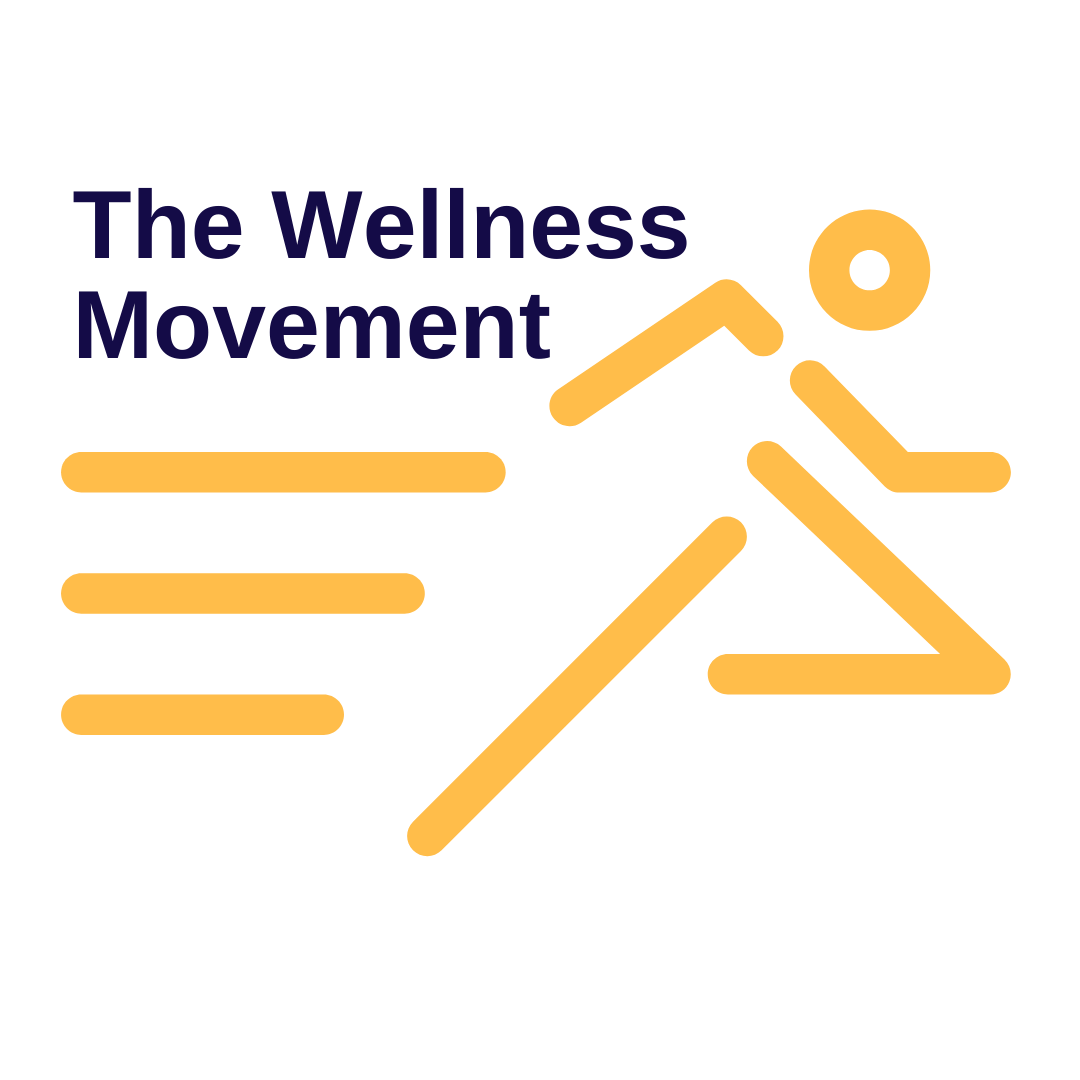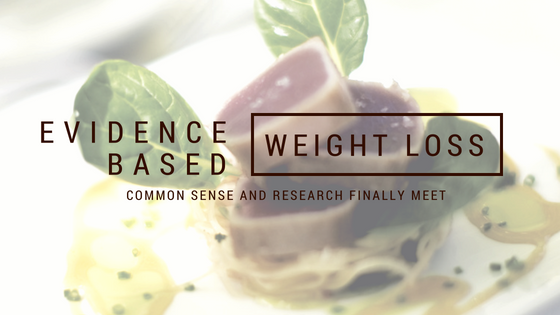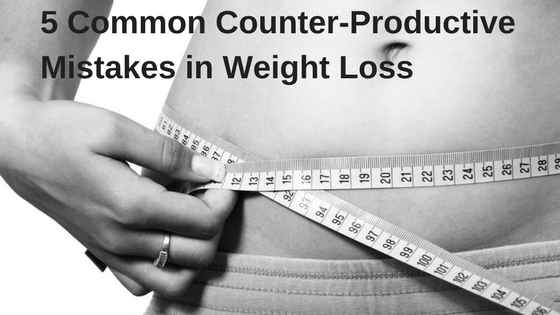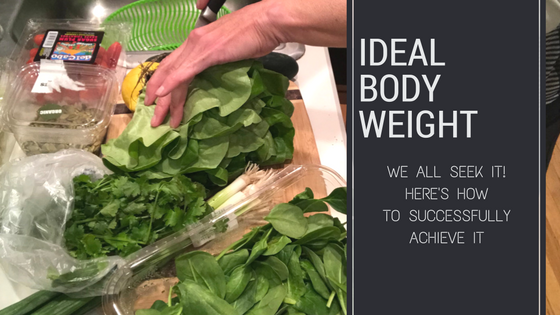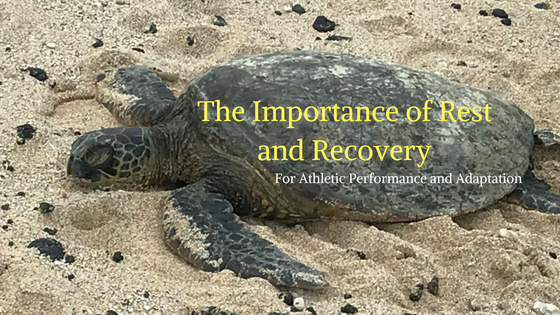Are You Fueling with Pure Sugar?
Should you be fueling your training and racing with engineered food products comprised mostly of simple sugars that are out of the context of real food? Are these products beneficial? Are they harmful? Are they the best way to fuel? I’ve wised up to the “engineered nutrition sports product” propaganda and decided a long while ago to input some common sense and take stock in what we really absolutely know about food and nutrition.
Sports gels, sometimes referred to as energy gels, began to appear on the endurance sports scene in 1986 and by the early 1990’s grew into a sizable market. Sports gels are an “engineered nutrition” product, made up of various recipes of simple sugars (maltodextrin, fructose) and water and sometimes include additional micronutrients and caffeine. They commonly include preservatives and flavor compounds as well.
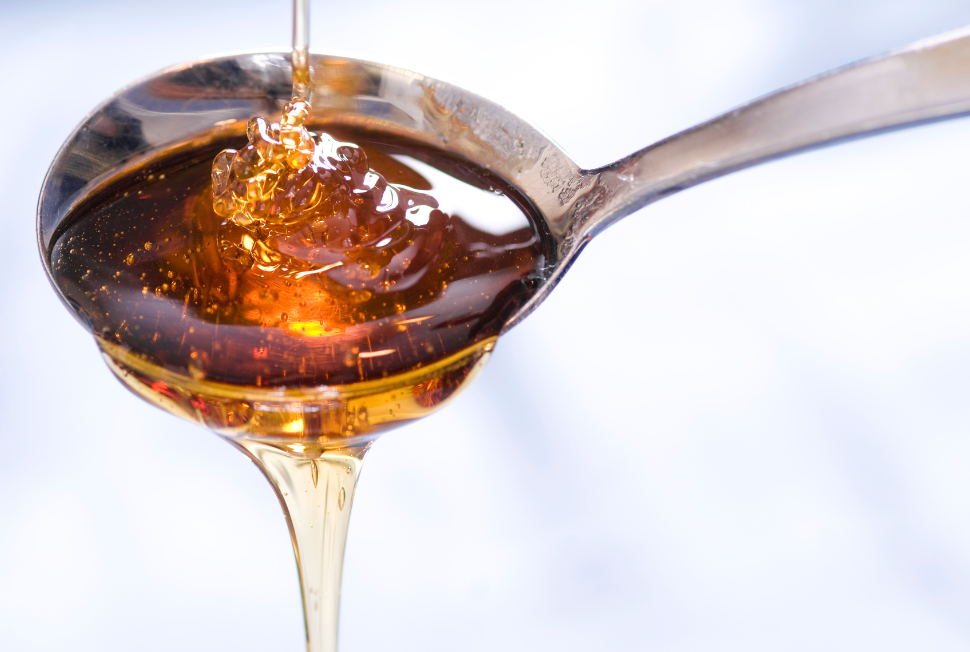
They are heavily marketed as a fuel to be used during long endurance efforts. Many brands have sponsorship relationships with professional athletes or social media ambassadors. In the endurance culture they are common place and widely accepted, to the point that even through negative effects such as GI issues and unstable blood sugar are common in association with the use of these products, few athletes step back and actually evaluate the logic of their use.
Many years ago in the late 90’s I had my first experience with these gels when I was training for a marathon. Back then, like many athletes, I was a bit naïve and easily influenced by the heavy marketing of the various products and brands and really didn’t know any better.
But now I do know better.
Here are a few pertinent things we know about nutrition and our human bodies (reference Pancreatic regulation of glucose homeostasis):
- Our bodies are made to consume whole food because food is comprised of a combination of macro and micro nutrients that need to be consumed together rather than in isolation of one another.
- We’ve long known that taking in high sugar loads is considered unhealthy and causes reactions to our blood sugar levels.
- We know that the blood sugar level has a very limited range in which it needs to stay and one of the primary goals of proper nutrition is to have stable blood sugar. Your body will work very hard to maintain homeostasis.
- When isolated simple carbohydrates (sugar) are consumed, they digest quickly and enter the blood stream quickly (as glucose). This causes a rapid increase in blood sugar (a spike) that initiates a hormonal response to keep blood sugar within range. This creates a drop in blood sugar as glucose is pulled out of circulation (some of which stores as adipose tissue – fat) resulting in a swing to low blood sugar.
- Prolonged or frequent exposure to high sugar loads can lead to disease.
This is in no way an exhaustive list of what we absolutely know about nutrition but for the purpose of this article, this short list strikes at the very core of the topic. If we know without a doubt that “sugar is bad for you” why do we then think taking in syrups and gels of nearly pure sugar is somehow not only “healthy” but improves athletic performance?
Most likely the main thrust of the use of pure simple carbohydrates during endurance efforts is 1) ease of use for quick energy in a form that can be consumed easily; 2) pure simple carbohydrates will digest quickly.
However, the fact that sugar enters the system quickly is really the heart of the issue. To maintain stable blood sugar and sustained energy, digestion needs to be slower to avoid blood sugar spikes and reactions. Consuming food that has a mix of macronutrients allows for digestion to be slowed a bit and therefore energy is provided over a longer period of time, which is really the ultimate goal and need during endurance training and racing. We need sustained and stable energy, not spikes and drops.
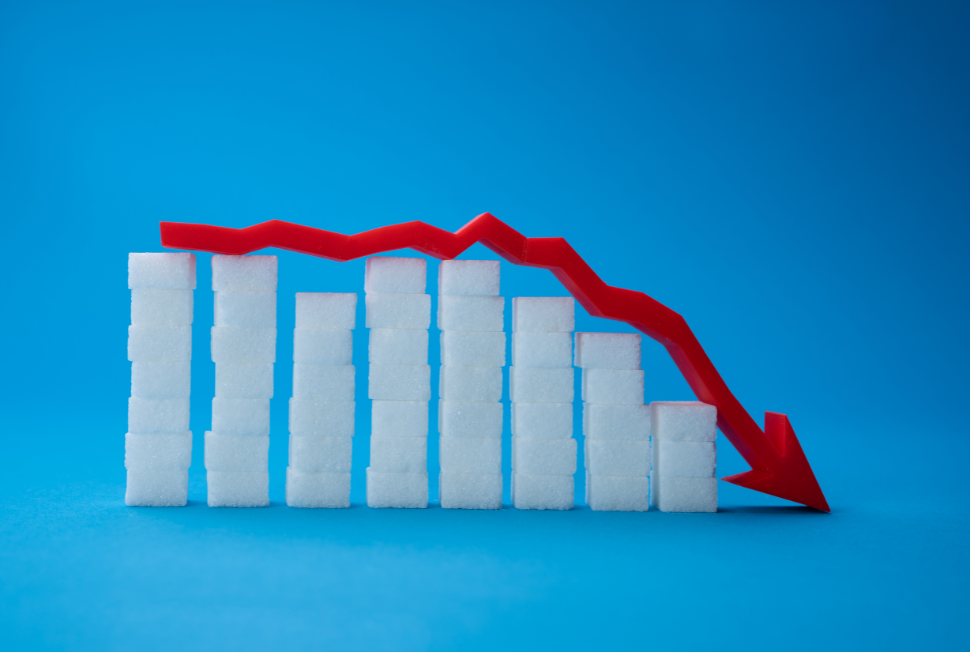
To illustrate the potential for blood sugar destabilization, and its potential risks to an athlete’s overall health and well-being, here’s an excerpt from an article published in Outside Magazine on the topic of Athletes and Their Susceptibility to Diabetes.
“It was a hard bonk during a 16-mile race up New Zealand’s 6,000-foot Avalanche Peak in 2013 that made Felicity Thomas, an undergraduate engineering student at the nearby University of Canterbury, begin thinking about her blood sugar levels. She’d tried to follow the usual sports nutrition advice, sucking down sugary gels to replenish the carbohydrates that her muscles were burning and to keep her blood sugar levels stable, but she struggled to get the balance right and ended up crawling to the finish before throwing up in an ice-cream bucket. Surely, thought Thomas, there must be a better way of managing in-race fuel.
As it happened, Thomas was an intern that summer at the university’s Center for Bioengineering, which was researching the clinical potential of continuous glucose monitors, or tiny sensors inserted under the skin of the abdomen that track blood sugar levels in real time. She took one of the expired monitors lying around the lab. If I could spot impending blood sugar lows before they happened, she wondered, would I be able to ward them off with a well-timed gel? Could I make myself bonk-proof?
A week of self-experimentation convinced Thomas that the technique might be useful, and she soon embarked on a PhD studying the potential uses of glucose monitoring in athletes. But the outcome of her initial pilot study on ten runners and cyclists, which was published [in 2016] in the Journal of Diabetes Science and Technology, wasn’t what she expected. Instead of bonk-inducing blood sugar lows, the more common problem in her subjects, who typically averaged at least six hours of training a week, was high blood sugar throughout the day—an outcome that pointed to an elevated risk of Type 2 diabetes in these seemingly super-fit athletes. ‘I was incredibly surprised to see the results,’ Thomas says. ‘It seemed contrary to almost everything else in the field.’ ” (You can read this full article HERE).
While nutrition and reactions to various substances is individual to some extent, there are overarching truths that athletes need to pay attention to when it comes to fueling during workouts. While we’re inundated with messages about gels, chews, gu’s, sugary drinks as if these are just normal healthy substances that any serious athlete would be silly not to use, I would ask that we use common sense and put all of those messages through a filter of known science.
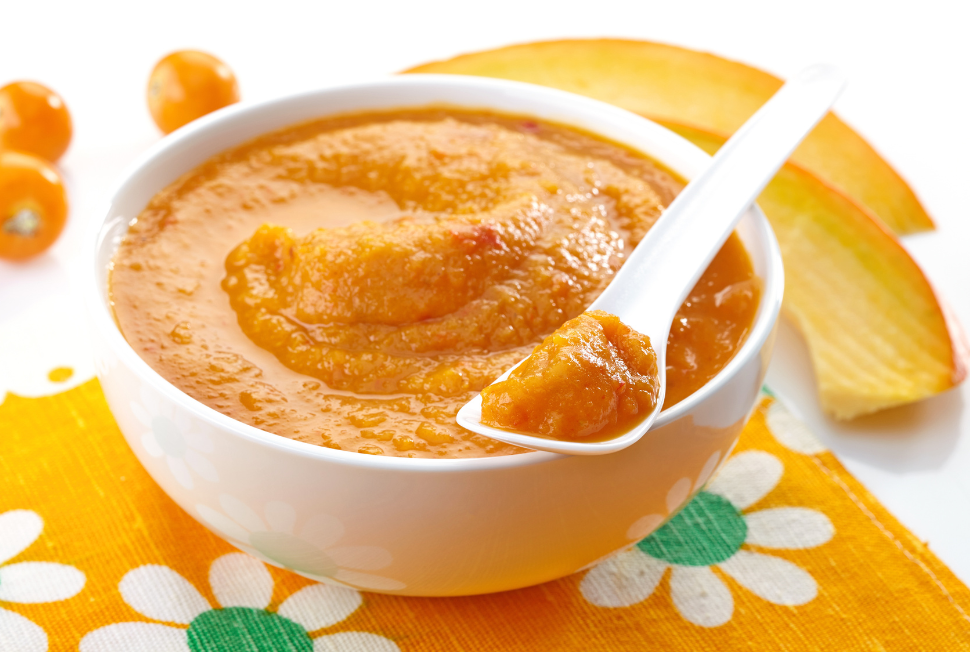
I recently saw a post from an elite runner who also represents one of the engineered nutrition companies, bragging about how great she is at fueling during workouts. She writes, “It’s been a time of higher mileage, big workouts again requiring big fueling (literally 3-4x per week on training runs I’m taking in [gels] – a ton of carbs and fluids to keep my body performing its absolute best.”
And herein is the most concerning thing. Athletes like this athlete are loading high sugar several times a week. It’s common for endurance athletes to practice their fueling during training, so if this practice is generally unhealthy, it’s even more so when it becomes a common practice.
Clearly yes, we need to fuel our training, sometimes during our training, but what’s the best and most healthy way to do that? And hopefully now with the advent of Continual Glucose Monitoring devices, we’ll begin to see more research done regarding athletes and how their bodies react in real-time to various fueling strategies.
We all have to make our own decisions about everything we do as athletes. But it’s important to be aware of the messages around us that sometimes cause us to do things without really thinking it through. Engineered nutrition companies are plentiful and seem to have an endless advertising budget. The message is not only promoting consumption of pure sugar, but also suggests this is “healthy and great for your performance.” My challenge to you is to really think about your fuel. Regardless of whether it’s your normal daily diet, or your pre, during and post fueling, what is best for your body? What is your body designed to consume? I made the decision long ago that I only fuel with whole food. From that decision forward, it’s been a simple matter of figuring out which foods work well in various situations. And my performance hasn’t suffered one bit.
References:
Röder PV, Wu B, Liu Y, Han W. Pancreatic regulation of glucose homeostasis. Exp Mol Med. 2016 Mar 11;48(3):e219. doi: 10.1038/emm.2016.6. PMID: 26964835; PMCID: PMC4892884.
Hawley, John A.1; Burke, Louise M.2. Carbohydrate Availability and Training Adaptation: Effects on Cell Metabolism. Exercise and Sport Sciences Reviews 38(4):p 152-160, October 2010. | DOI: 10.1097/JES.0b013e3181f44dd9
Lippi G, Montagnana M, Salvagno GL, Franchini M, Guidi GC. Glycaemic control in athletes. Int J Sports Med. 2008 Jan;29(1):7-10. doi: 10.1055/s-2007-964898. Epub 2007 Jul 5. PMID: 17614026.
Alex Hutchinson; https://www.outsideonline.com/2201466/are-endurance-athletes-more-susceptible-getting-diabetes; 8/8/17.
Thomas F, Pretty CG, Desaive T, Chase JG. Blood Glucose Levels of Subelite Athletes During 6 Days of Free Living. J Diabetes Sci Technol. 2016 Nov 1;10(6):1335-1343. doi: 10.1177/1932296816648344. PMID: 27301981; PMCID: PMC5094325.
